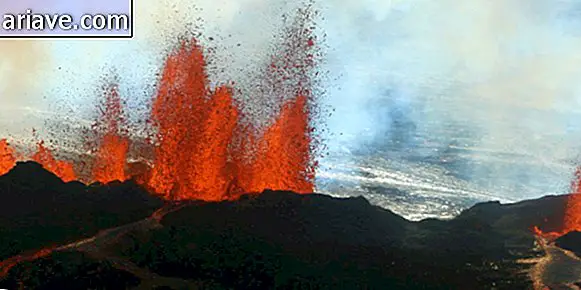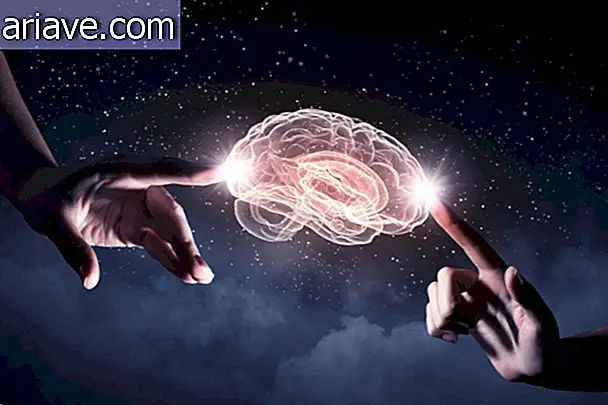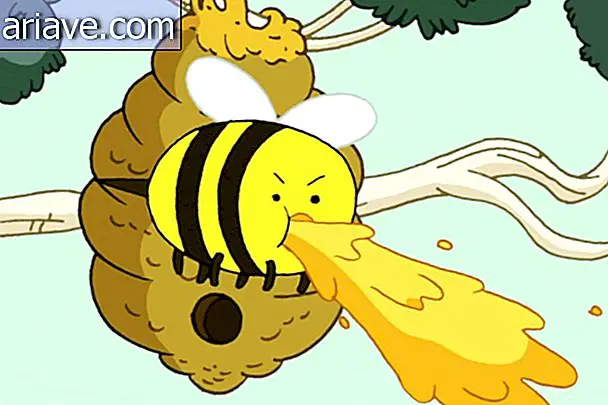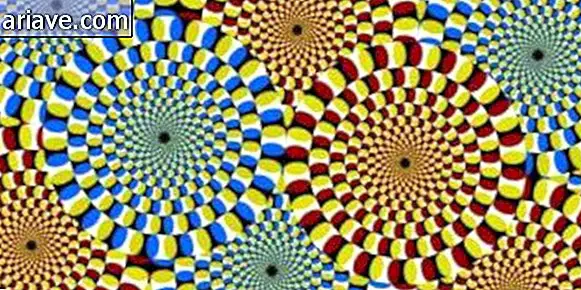Myth or Truth: Is the Sun Yellow?

Often, what we see is not exactly what we should see. Proof of this are the many flying saucer sightings that can never be proven. In this case, most people end up not being a very reliable source, as they are subject to psychological influences, optical illusions, and atmospheric effects that can "cloud" anyone's reason.
Want a practical example? Go to the window and look at that huge blue room we call the "real world" on the internet. High above it is a very bright pixel, known as the Sun. If we look directly at it - and never use a binocular or telescope for it; otherwise you will lose sight - we can safely say that our Astro King has a yellowish color.
Perhaps this is why it is so common for us to choose a yellowish-colored pencil to color the graphic representation of our neighboring star. In practice, the color fits well and makes the drawing more realistic. However, depending on the occasion, to take realism seriously would have to change the color of the sun, since, if viewed from space, the star would be white.
Why is the sun (not) yellow?

The sun looks yellow for the same reason that, for us, the sky is blue in color: the earth's atmosphere serves as a kind of filter, so that certain spectra that make up sunlight do not reach us.
In this particular case, the Earth's atmosphere disperses the blue-violet range spectra, making only the others reach us. Therefore, the appearance of this star ends up being more yellowish. And according to Today I Found Out, web designers may like to know that the exact color of the Sun is represented by the # fff5f2 hex code.
The Case of the Reddish Sky

The same process is responsible for other interesting visual effects, such as the sky that becomes more yellow during sundown. In addition, there are occasions when both the star and the sky become reddish.
The reason for this is due to the fact that the sun is disappearing on the horizon line and during this time the star is at such an angle that light must pass through a much larger layer of atmosphere, making it harder to propagate. shorter wavelengths, such as blue. So what is left is yellow.
However, it may happen that the air is laden with dust or other large particles. In this case, longer wavelengths will also be filtered, leaving the sky and sun a reddish tint.
* Originally posted on 09/03/2012.











